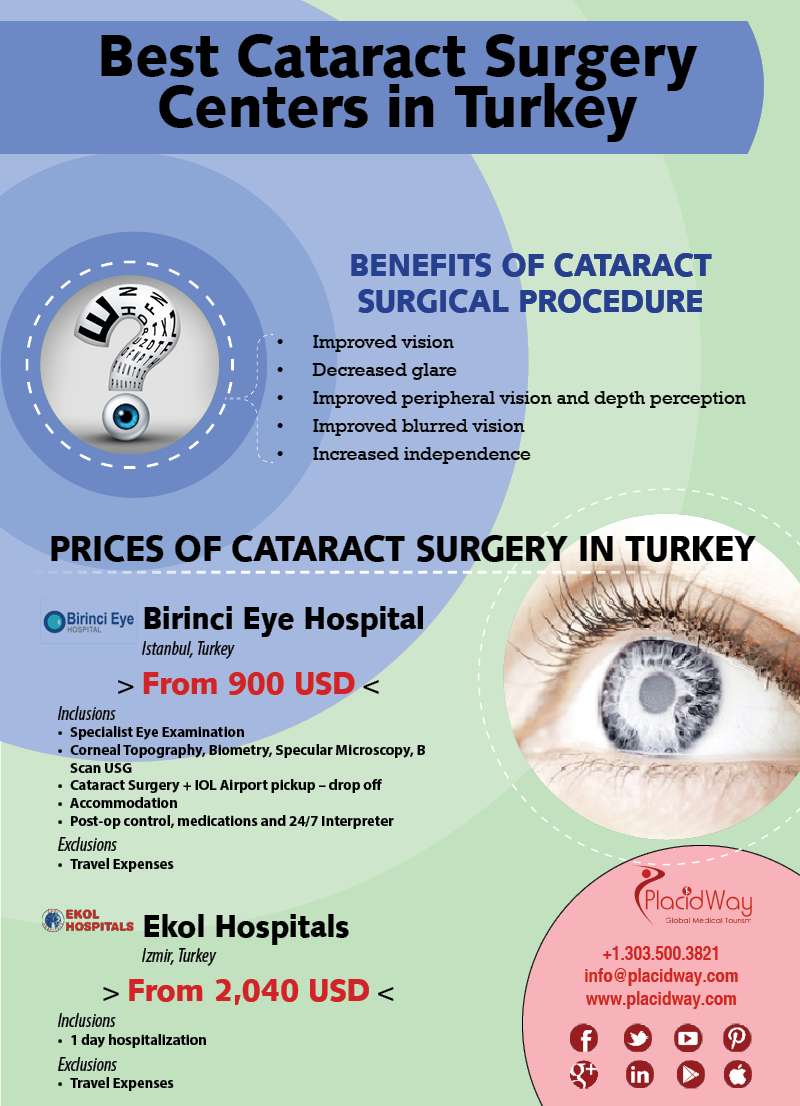What Is SMILE Eye Surgical Treatment? Treatment, Advantages, Threats & Recovery

Article By-Durham Jantzen
If you're thinking about vision adjustment choices, SMILE eye surgical treatment might be on your radar. This cutting-edge procedure includes producing a small lenticule in the cornea to address nearsightedness and astigmatism. Unlike traditional LASIK, it's less intrusive and assures quicker recuperation. Nonetheless, while there are considerable advantages, there are additionally risks included. Comprehending both facets can aid you make an educated decision about your eye health and wellness. What's the healing procedure like, and what should you anticipate?
Comprehending the SMILE Treatment
The SMILE procedure, or Tiny Incision Lenticule Removal, is a minimally intrusive eye surgical procedure designed to fix vision problems like nearsightedness and astigmatism.
During this treatment, a laser develops a tiny lenticule, or lens-shaped cells, within the cornea. You won't require any kind of stitches, as the little cut enables a quick healing.
The cosmetic surgeon after that removes the lenticule through this tiny cut, improving your cornea to enhance your vision. Unlike traditional LASIK, SMILE does not require the creation of a big flap, which can cause less complications.
websites 'll find that this technique is less disruptive to the corneal framework, potentially improving security. Comprehending the procedure helps you really feel a lot more positive as you consider your options for vision correction.
Conveniences of SMILE Eye Surgery
While considering vision improvement alternatives, you might locate that SMILE eye surgical procedure offers a number of engaging benefits.
First, it's minimally invasive, requiring only a small laceration, which implies much less disruption to your eye structure. This leads to quicker recuperation times and less pain compared to standard LASIK.
You'll additionally appreciate its accuracy; SMILE uses sophisticated laser innovation to reshape the cornea, supplying exceptional outcomes for nearsightedness and astigmatism.
Additionally, numerous people report boosted visual top quality, with fewer circumstances of glare or halos. Considering that there's no need for a corneal flap, your eyes remain much more steady post-surgery.
Finally, the treatment normally takes just a couple of minutes, allowing you to go back to your daily tasks much faster than with other techniques.
Potential Dangers and Recuperation Refine
Although SMILE eye surgical procedure is typically secure, it is necessary to be familiar with potential dangers that can arise during or after the procedure. Some people might experience short-term adverse effects like completely dry eyes, glare, or halos around lights.
In uncommon situations, complications such as infection, vision loss, or the need for additional surgical treatment can occur.
Healing generally includes a few days of rest and staying clear of arduous tasks. recommended you read need to follow your cosmetic surgeon's post-operative instructions carefully, including using suggested eye drops and attending follow-up appointments.
Lots of clients see enhanced vision within a few days, yet complete recovery can take weeks. Remaining person and providing your eyes time to heal is important for the best end result.
Final thought
Finally, SMILE eye surgical procedure offers a contemporary, minimally intrusive choice for fixing nearsightedness and astigmatism. With its quicker healing time and lowered pain, it's an attractive option for lots of. However, it's vital to evaluate the possible threats against the advantages. By remaining notified and following post-operative care, you can maximize your opportunities of a successful result. If you're considering this procedure, seek advice from your eye care professional to figure out if it's right for you.

